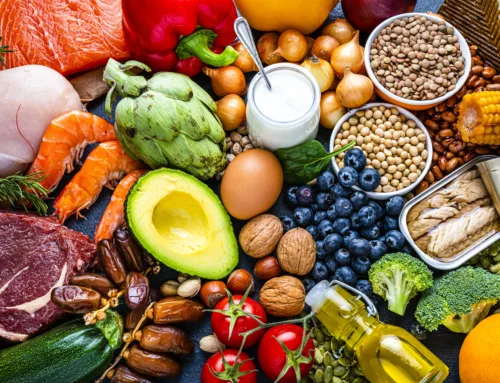Children rarely want to eat the foods that provide the most nutrition. Under threat of punishment, a child’s iconic ritual of oh-so-slowly eating their peas and carrots under duress is a lesson in obligation.
It can be difficult for parents to teach their children about nutrition and help them to develop a love for nutritious food items. By reflecting on ways to teach children about positive relationships with food and nutrition, parents can help their children develop balanced eating patterns that can be maintained for life.
Start When They’re Young
Eating balanced meals is an important habit to instill, and the sooner parents encourage sensible eating habits in their children, the better. That’s almost always easier said than done, as any parent who has attempted to feed their baby mashed green beans can attest to.
As children start to enter their toddler stage, it’s time to introduce them to lots of nutritious foods. Keep in mind that many new tastes will be unappealing, but there are preschoolers out there in the world who actually like broccoli. As kids eat particular foods over and over again, they will get used to those tastes and eventually learn to like many of them.
If you can’t convince young children to appreciate taste, consider introducing a game to the process. For instance, they have to tell you what food is crunchier—the piece of celery or the carrot stick. Emphasizing other aspects of nutritious foods like their color or texture could help children get to know these foods in many different ways.
Prepare Meals Together
Healthy eating is intrinsically linked to healthy food preparation. Involving kids, tweens and teens in the meal preparation process not only helps them learn important life skills, such as how to beat an egg or how to sautee a chicken breast, but also allows them to form a working relationship with nutritious foods and to become familiar with the kinds of foods you want them to eat.
You can help younger children tap into their creative side by allowing them to build meals from the ingredients you give them, like veggie pizzas or quesadillas. You can assign older kids an evening meal to create on their own. Kids who participate in making meals personally invest in those meals and are more likely to eat them.
Read All About It
Any number of kids can tell you what the brachiosaurus liked to eat or how a pack of wolves hunts for food. But how many kids can tell you where potatoes were first grown or how many kinds of apples there are in the world?
Many food items have interesting backstories. When Europeans first got a taste of the tomatoes brought over from the New World, they thought they were poisonous. And yet, today they are a staple of southern Italian cuisine, one of the healthiest cuisines on the planet. Spend some time reading to kids about food and then create meals based on the foods you read about.
Throwing a lot of facts and figures about nutritious foods isn’t likely to impress kids, so you’ll probably need to get creative as you pass by that certain fast food restaurant with the colorful kiddy meals on offer. Try making up fun games. For instance, see how many different types of apples you can taste in a month, and rate each type. Use fun apps to track the healthy foods you eat each day.
Eating is fun, and learning about nutrition should be a positive experience. Do all you can to make it fun for you and your household.
References:






